文章目录
- 1. 只出现一次的数字
- 算法原理:
- 代码:
- 2. 随机链表的复制
- 算法原理:
- 代码:
- 3. 宝石与石头
- 算法原理:
- 代码:
- 4. 坏键盘打字
- 算法原理:
- 代码:
- 5. 前K个高频单词
- 算法原理:
- 代码:
1. 只出现一次的数字
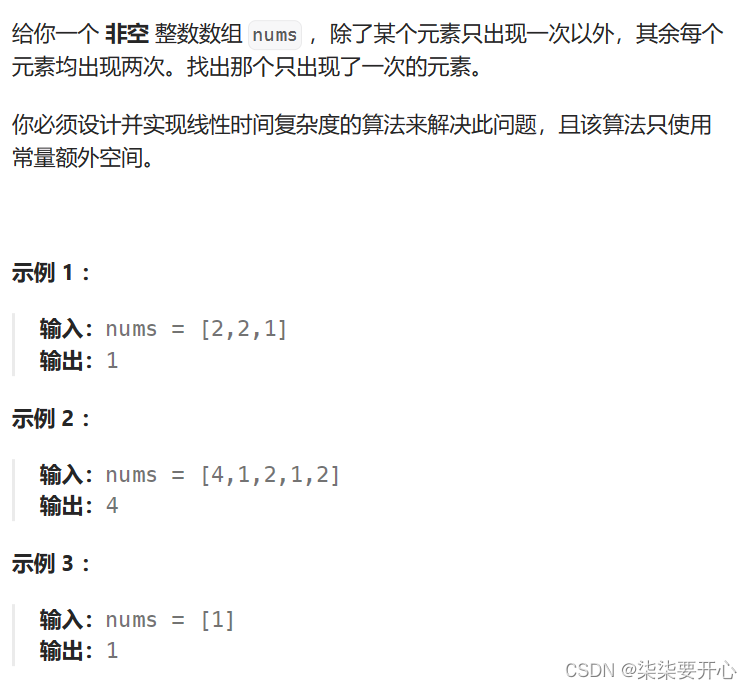
原题链接
算法原理:
这里这需要使用一个哈希表
把所有的元素放入到哈希表中,因为哈希表中不能放入重复的元素
代码:
class Solution {public int singleNumber(int[] nums) {HashSet<Integer> set = new HashSet<>();for(int x : nums) {if(!set.contains(x)) {set.add(x);}else {set.remove(x);}}for(int x : nums) {if(set.contains(x)) {return x;}}return -1;}
}
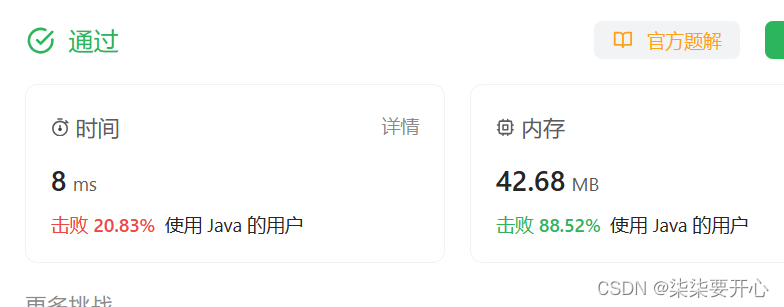
2. 随机链表的复制
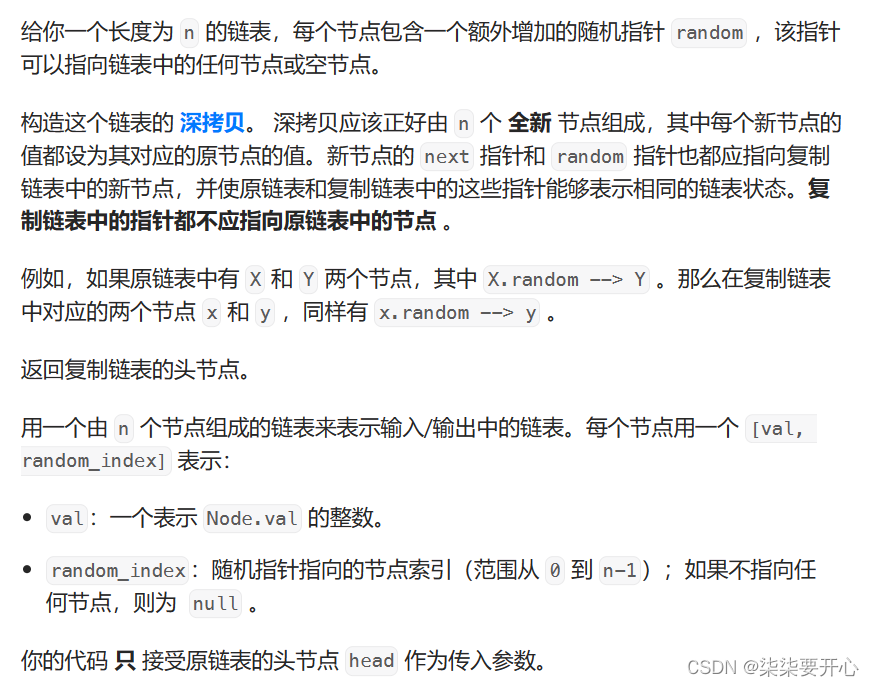

原题链接
算法原理:
我们刚看到题一定很懵,但是我们可以画图来看一下,什么叫做复制链表
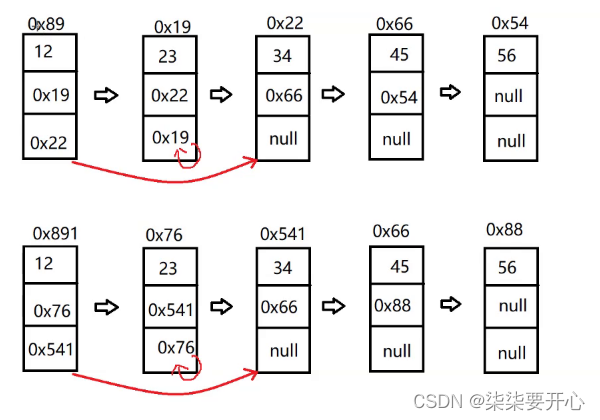
两个链表的结构完全一样,但是值不一样
所以我们现在就是看,如何让第二个链表和第一个链表展现出来一样的东西
这个时候我们需要一个哈希表,来把新节点和老节点放入进去
这样我们在new 新的节点的时候,就可以通过一一对应的关系,把老节点对应的关系展现出来

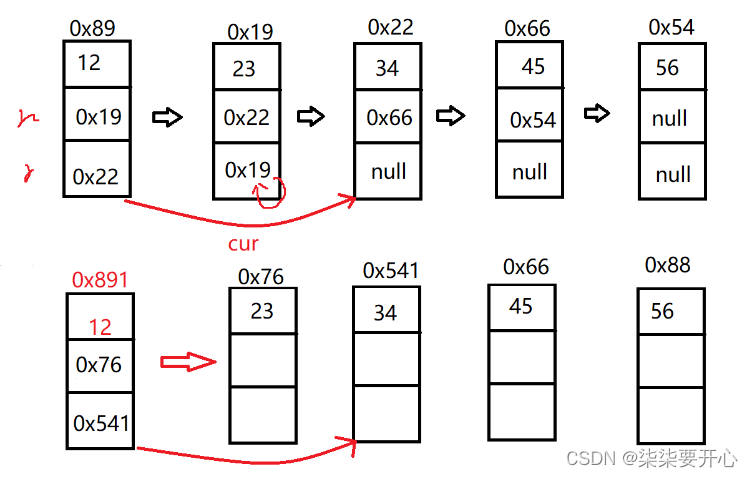 这个时候
这个时候
map.get(cur).next = map.get(cur.next)
map.get(cur).random = map.get(cur.random)
代码:
public Node copyRandomList(Node head) {HashMap<Node,Node> map = new HashMap<>();Node cur = head;while (cur != null) {Node node = new Node(cur.val);map.put(cur,node);cur = cur.next;}cur = head;while (cur != null) {map.get(cur).next = map.get(cur.next);map.get(cur).random = map.get(cur.random);cur = cur.next;}return map.get(head);}
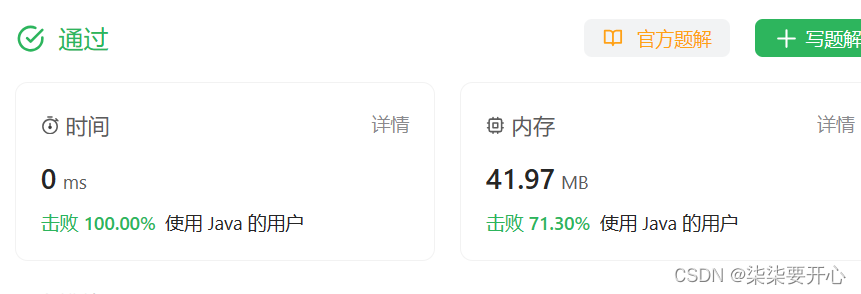
3. 宝石与石头
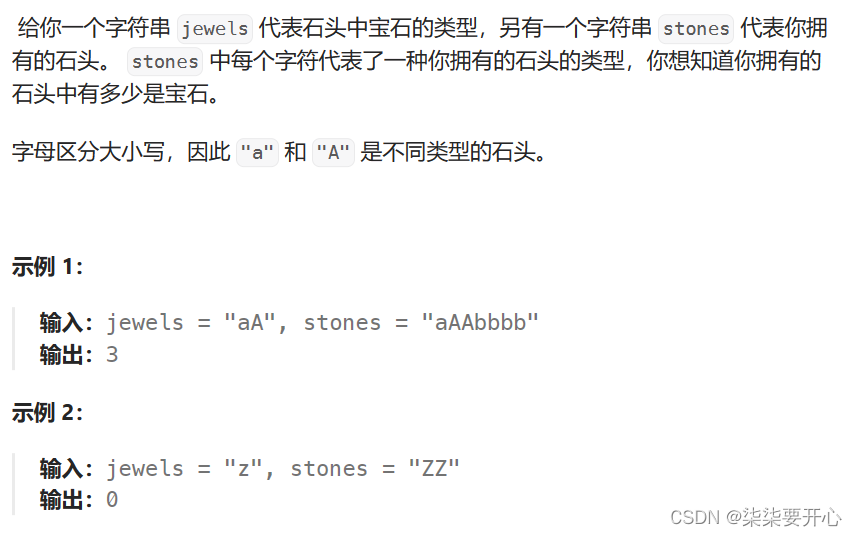
原题链接
算法原理:
先把宝石放到哈希表中
再遍历石头,如果哈希表中有这个字母
计数器++
最后返回计数器的值
代码:
public int numJewelsInStones(String jewels, String stones) {int count = 0;HashSet<Character> set = new HashSet<>();for (char ch : jewels.toCharArray()) {set.add(ch);}for (char ch : stones.toCharArray()) {if (set.contains(ch)) {count++;}}return count;}

4. 坏键盘打字
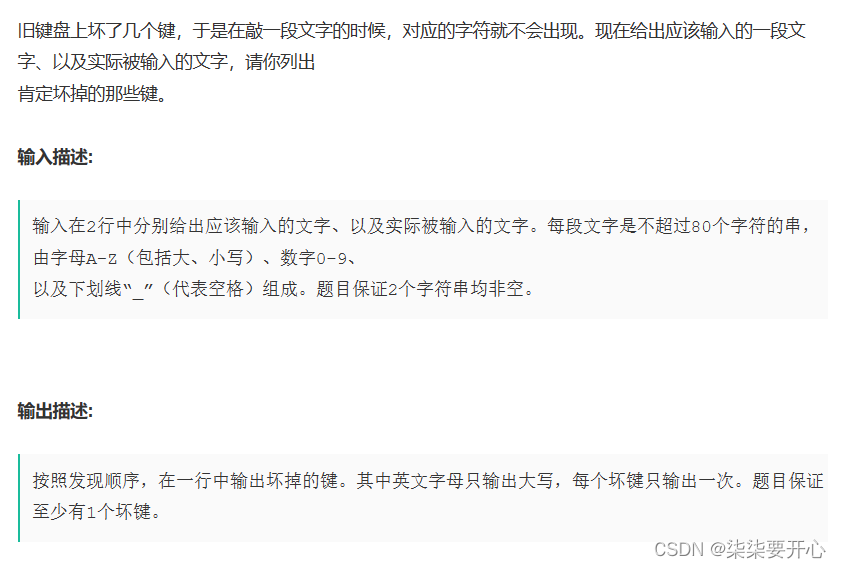
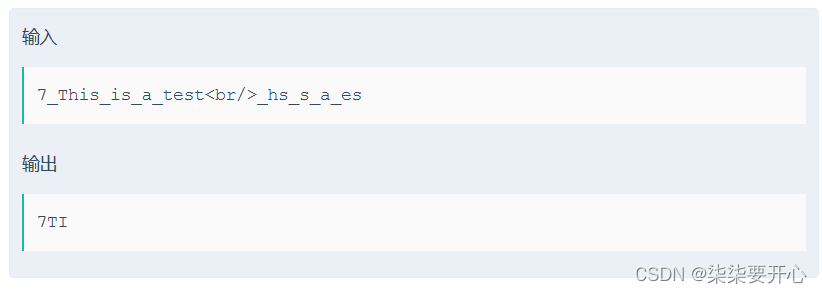
原题链接
算法原理:
要求的输出,只输出大写,并且只输出一次
这个时候,我们先把输入的那一行字母放入到哈希表中
然后再new 一个哈希表
经过对比之后,再把坏键盘的字母放入到哈希表中
这样第二个哈希表中的就是要求的值
代码:
public static void main(String[] args) {Scanner in = new Scanner(System.in);while (in.hasNextLine()) {String str1= in.nextLine();String str2= in.nextLine();func(str1,str2);}}private static void func(String str1,String str2) {HashSet<Character> set = new HashSet<>();for (char ch : str2.toUpperCase().toCharArray()) {set.add(ch);//把可以输出的键都放入了哈希表}HashSet<Character> set2 = new HashSet<>();for (char ch : str1.toUpperCase().toCharArray()) {if (!set.contains(ch) && !set2.contains(ch)) {System.out.print(ch);set2.add(ch);}}}

5. 前K个高频单词
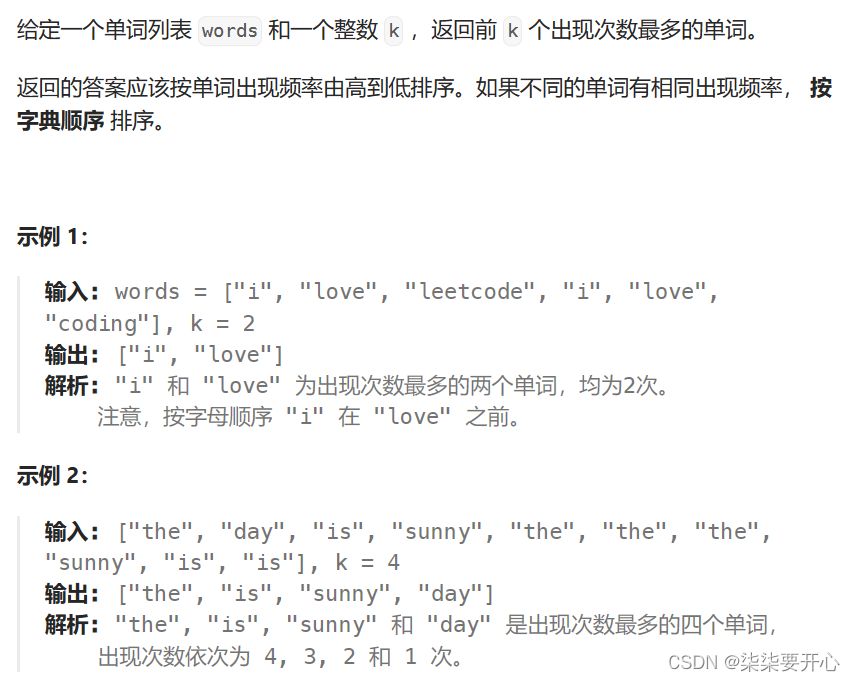
原题链接
算法原理:
- 先统计单词出现的次数
- 建立小根堆,指定比较的方式
- 遍历map 调整优先级队列
注意在建立小根堆的时候需要考虑到前三个单词次数一样的情况下,需要用大根堆来排序
代码:
public List<String> topKFrequent(String[] words, int k) {//1.统计每个单词出现的次数Map<String,Integer> map = new HashMap<>();for (String word : words) {if (map.get(word) == null) {map.put(word,1);}else {int val = map.get(word);map.put(word,val+1);}}//2.建立小根堆,指定比较的方式PriorityQueue<Map.Entry<String,Integer>> minHeap = new PriorityQueue<>(new Comparator<Map.Entry<String, Integer>>() {@Overridepublic int compare(Map.Entry<String, Integer> o1, Map.Entry<String, Integer> o2) {if (o1.getValue().compareTo(o2.getValue()) == 0) {//按照字母顺序建立大根堆return o2.getKey().compareTo(o1.getKey());}return o1.getValue() - o2.getValue();}});//3.遍历map 调整优先级队列for (Map.Entry<String,Integer> entry : map.entrySet()) {if (minHeap.size() < k) {minHeap.offer(entry);}else {Map.Entry<String,Integer> top = minHeap.peek();//如果当前频率相同if (top.getValue().equals(entry.getValue())){//字母顺序小的进来if (top.getKey().compareTo(entry.getKey()) > 0) {minHeap.poll();minHeap.offer(entry);}}else {if (top.getValue().compareTo(entry.getValue()) < 0) {minHeap.poll();minHeap.offer(entry);}}}}List<String> ret = new ArrayList<>();for (int i = 0; i < k; i++) {Map.Entry<String,Integer> top = minHeap.poll();ret.add(top.getKey());}Collections.reverse(ret);return ret;}
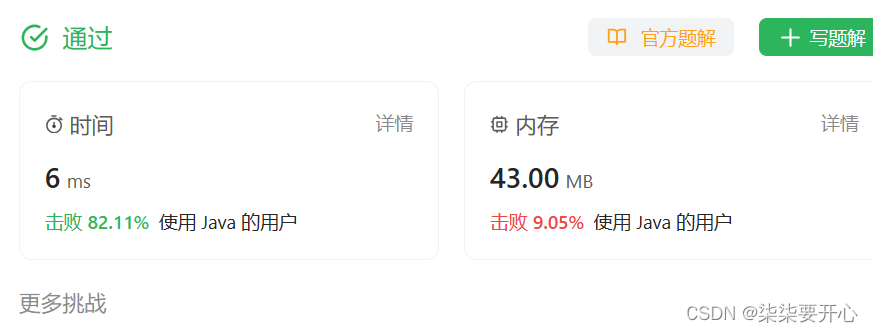



















![[python][plotly]利用plotly绘制散点图](http://pic.xiahunao.cn/[python][plotly]利用plotly绘制散点图)